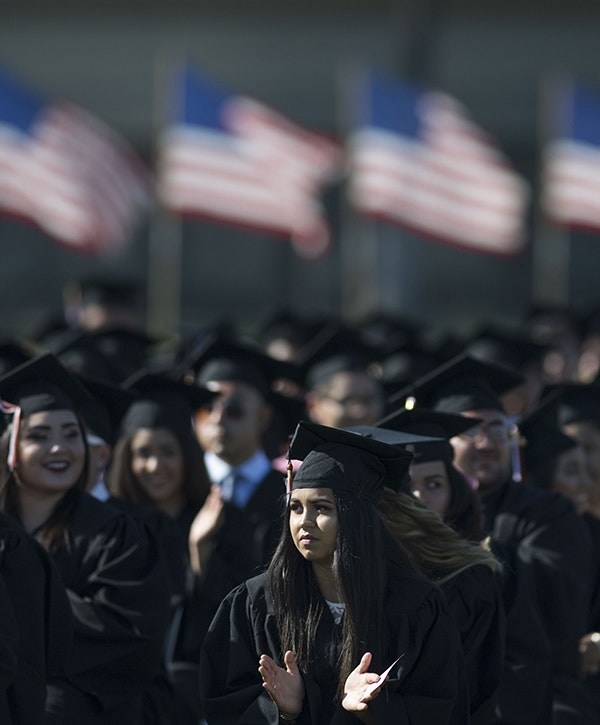“At least 120,000 undocumented students will graduate from U.S. high schools this spring, and 100,000 more each year for at least the next three years.”
FWD.us estimates that nearly 120,000 undocumented young people will graduate from high school this spring.1 Part of the larger 3.4 million-plus Dreamer population, these undocumented students came to the U.S. as children and have spent most of their lives in this country.2 With well more than 600,000 K-12 undocumented students enrolled in U.S. schools, hundreds of thousands of future high school graduates will continue to face limited options for their futures without immigration relief. FWD.us estimates that at least 100,000 undocumented students will graduate from U.S. high schools each year for at least the next three years.
Source: FWD.us analysis of augmented 2021 American Community Survey data.

